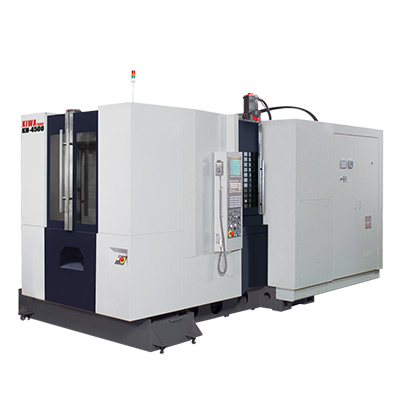Understanding AC Pressure Pipe Systems for Efficient Cooling Solutions
Understanding AC Pressure Pipes Essential Insights for HVAC Systems
In modern heating, ventilation, and air conditioning (HVAC) systems, AC pressure pipes play a pivotal role in ensuring the efficient and effective operation of refrigeration cycles. These pipes not only transport refrigerants but also significantly influence the cooling performance, energy efficiency, and longevity of HVAC systems. Understanding the dynamics of AC pressure pipes is crucial for technicians, engineers, and homeowners alike.
What Are AC Pressure Pipes?
AC pressure pipes are specialized tubes designed to carry refrigerants between various components of an HVAC system. These pipes are categorized into high-pressure and low-pressure sections, with each section serving distinct purposes. The high-pressure pipes transport refrigerant from the compressor to the condenser, while the low-pressure pipes carry it from the evaporator back to the compressor. The materials used for these pipes typically include copper, aluminum, and occasionally, PVC or other materials, depending on the system's requirements.
Importance of Proper Sizing and Material
The sizing of AC pressure pipes is critical to the efficiency of the HVAC system. Using incorrectly sized pipes can lead to various issues including increased energy consumption, reduced cooling capacity, and even premature system failure. High-pressure lines must be adequately sized to handle the refrigerant flow rate and pressure without causing excessive friction loss. Additionally, the choice of material is vital; copper pipes, for example, provide excellent thermal conductivity and corrosion resistance, making them a popular choice in most air conditioning systems.
Refrigerant Flow and System Efficiency
ac pressure pipe

Efficient refrigerant flow through AC pressure pipes directly influences the overall efficiency of an HVAC system. A well-designed system ensures that refrigerants travel smoothly between components, facilitating effective heat exchange. Restrictions or blockages in the pipes can lead to inadequate cooling, compressor overheating, and increased wear on system components. Proper installation of the pipes, along with routine maintenance, can prevent such issues and extend the lifespan of the system.
Challenges in AC Pressure Pipe Installation
Installing AC pressure pipes comes with its own set of challenges. Technicians must ensure proper alignment and secure fittings to prevent leaks, which can lead to refrigerant loss and environmental harm. Moreover, bends and turns in the piping system should be minimized to maintain optimal refrigerant flow. Insulating pipes, especially those carrying refrigerant at lower temperatures, is also essential to prevent energy losses and condensation issues, which can lead to further complications.
Maintenance and Care
To maintain the efficiency of AC pressure pipes, regular inspections are crucial. Technicians should check for signs of wear, corrosion, and leaks. Additionally, cleaning the pipes and ensuring they are free from contaminants can enhance the performance of the entire HVAC system. Homeowners should also be aware of any unusual noises or changes in cooling performance, as these can be early indicators of pipe-related issues.
Conclusion
AC pressure pipes are integral to the effective functioning of HVAC systems. Their design, material, and installation significantly impact system performance, energy efficiency, and longevity. By understanding these components, individuals and technicians can contribute to more efficient HVAC operations, ultimately resulting in improved comfort and reduced energy costs. As technology continues to evolve, keeping abreast of best practices in the handling and maintenance of AC pressure pipes will remain essential for the industry.
-
Ultimate Spiral Protection for Hoses & CablesNewsJun.26,2025
-
The Ultimate Quick-Connect Solutions for Every NeedNewsJun.26,2025
-
SAE J1401 Brake Hose: Reliable Choice for Safe BrakingNewsJun.26,2025
-
Reliable J2064 A/C Hoses for Real-World Cooling NeedsNewsJun.26,2025
-
Heavy-Duty Sewer Jetting Hoses Built to LastNewsJun.26,2025
-
Fix Power Steering Tube Leaks Fast – Durable & Affordable SolutionNewsJun.26,2025

